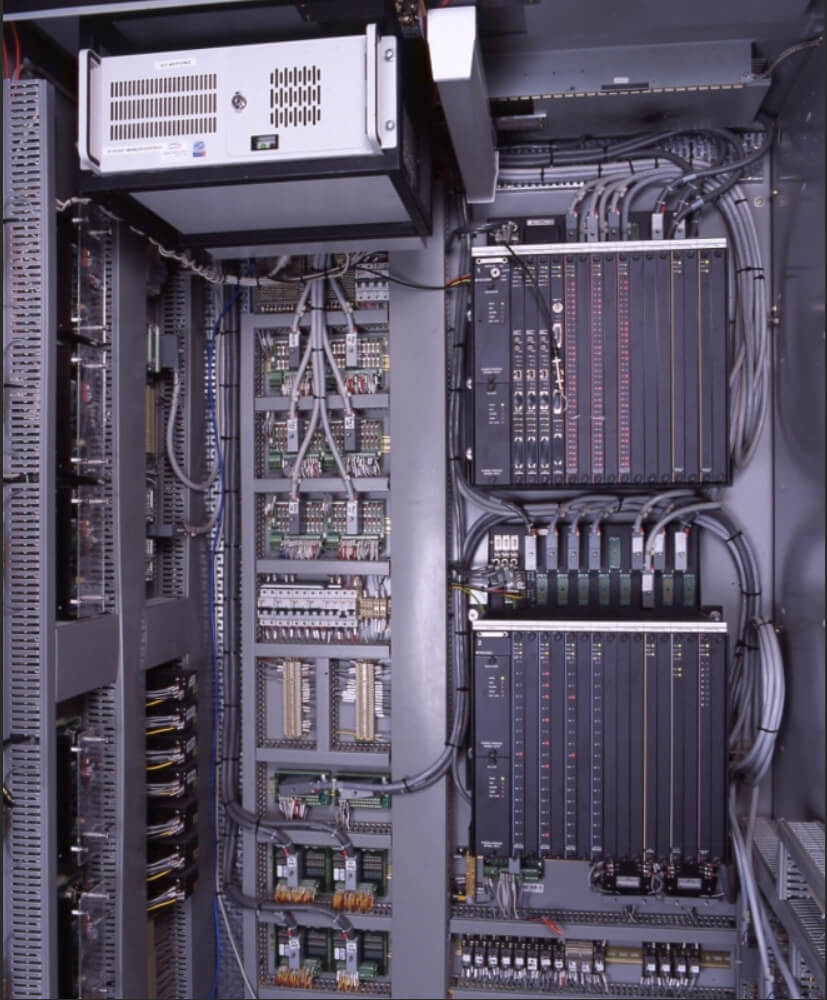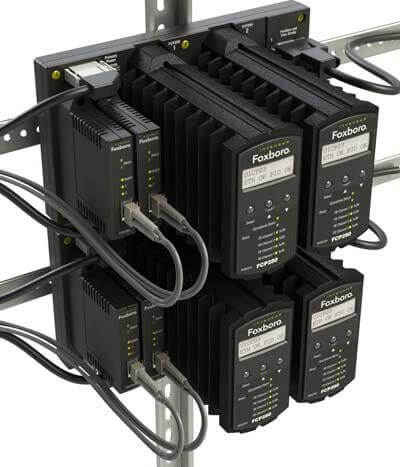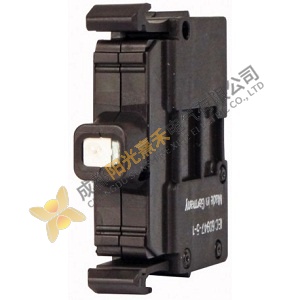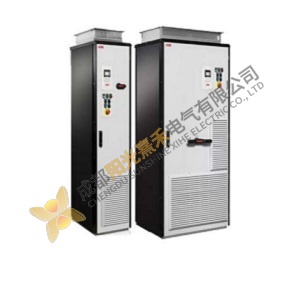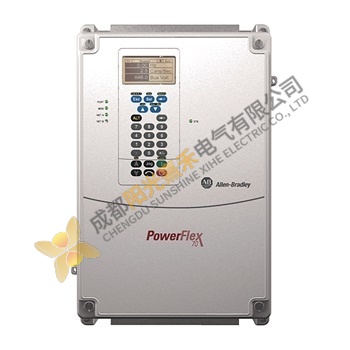In some industries, Fieldbus Control Systems (FCS) have evolved from Programmable Logic Controllers (PLCs), while in others, FCS has emerged from Distributed Control Systems (DCS). This interweaving history creates intricate connections between FCS, PLCs, and DCS, yet they maintain fundamental differences. This article delves into the characteristics and disparities of these three major control systems – PLCs, DCSs, and FCSs – highlighting their origins and development trajectories.
Basic Characteristics of the Three Major Control Systems
Presently, in continuous process production automation (PA) or commonly referred to as industrial process control, there are three primary control systems: PLCs, DCSs, and FCSs, each with distinct features:
PLC
- Developed from handling switch signals to sequence control and material handling, progressing from the bottom up.
- Offers comprehensive functions including continuous PID control, with PID located in remote I/O stations.
- Capable of using a single PC as the master station and multiple identical PLCs as slave stations.
- Alternatively, can use one PLC as the master station controlling several identical PLCs, forming a PLC network. This is more convenient than using a PC as it requires no knowledge of communication protocols; users simply follow the manual's format.
- PLC networks can function independently as DCS/TDCS or serve as subsystems within DCS/TDCS.
- Large systems are comparable to DCS/TDCS like TDC3000, CENTUM CS, WDPFI, MOD300.
- Examples of PLC networks include Siemens' SINEC-L1, SINEC-H1, S4-S7, GE's GENET, Mitsubishi's MELSEC-NET, MELSEC-NET/MINI.
- Primarily used for sequence control in industrial processes, with modern PLCs also incorporating closed-loop control capabilities.
- Manufacturers include Gould (USA), Allen Bradley (USA), GE (USA), OMRON (Japan), Mitsubishi (Japan), Siemens (Germany), among others.
DCS or TDCS
- DCS/TDCS integrates Communication, Computer, Control, and CRT technologies into a supervisory control system with a tree-like topology from top to bottom, where communication is crucial.
- PID control resides in remote I/O stations, connecting computers with field instruments and control devices.
- Features a tree topology and parallel continuous link structures with extensive cabling from repeater stations to field instruments.
- Employs analog signals, A/D-D/A converters, and microprocessor hybrids.
- Each instrument connects via two wires to I/O, linked to the local area network (LAN) by control stations.
- Structured in a 3-tier hierarchy: control (engineer station), operation (operator station), and field instruments (field control stations).
- Drawbacks include high costs, lack of interoperability between manufacturers, and unique DCS systems from different vendors.
- Suited for large-scale continuous process control in industries such as petrochemicals.
- Manufacturers encompass Bailey (USA), Westinghouse (USA), Hitachi (Japan), Leeds & Northrup (USA), Siemens (Germany), Foxboro (USA), ABB (Switzerland), Hartmann & Braun (Germany), Yokogawa (Japan), Honeywell (USA), Taylor (USA).
FCS
- Primarily tasked with ensuring intrinsic safety, operation in hazardous areas, managing variable processes, and tackling challenging environments.
- Replaces analog single-function devices with fully digital, intelligent, multi-functional instruments and controllers.
- Connects scattered field instruments, control devices, and PID to the control center via two wires instead of individual pairs per device.
- On the bus, PID and devices are equal participants.
- Replaces single-variable, single-point, parallel, analog systems with multi-variable, multi-node, serial, digital communication systems.
- Embraces interconnected, bidirectional, open systems over unidirectional, closed ones.
- Utilizes distributed virtual control stations instead of centralized ones.
- Operated by field computers, can be connected to a higher-level computer on the same bus, and interfaced with the internet.
- Integrates with corporate management networks, altering conventional signal, communication, and system standards.
- Manufacturers include Honeywell, Smar, Fisher-Rosemount, AB/Rockwell, Elsag-Bailey, Foxboro, Yamatake, Yokogawa, ABB, GEC-Alsthom, Schneider, Proces-Data, among others.
Types of FCS
- Continuous Process Control: e.g., petrochemicals, with intrinsically safe explosion-proof technology (Fieldbus Foundation, World FIP, Profibus-PA).
- Discrete Process Actions Control: e.g., automotive manufacturing robots (Profibus-DP, CANbus).
- Multi-point Control: e.g., building automation (LON Work, Profibus-FMS).
Distinctions Among the Three Control Systems
It's evident that none of the three systems were initially designed specifically for power plants, nor were they initially aimed at power plants as the primary control objects. Their documentation does not list power plants as the primary application domain, with some not even mentioning power plants at all. Paradoxically, DCS and PLC systems, especially, have found widespread adoption in power plants with remarkable effectiveness.
We now understand that FCS evolved from both DCS and PLC, inheriting their characteristics while taking a revolutionary step forward. Currently, advanced DCS and PLC systems are trending towards integrating features of the other. Advanced DCS systems have strong sequential control capabilities, while advanced PLCs handle closed-loop controls competently, and both can form extensive networks, resulting in significant overlap in their application scopes.
The following section focuses primarily on comparing DCS and FCS, touching upon architectural, investment, design, and usage aspects.
Key Differences
DCS
- Communication is paramount, with the data highway being its backbone.
- Media includes twisted pair, coaxial cable, or fiber optic cable.
- The system's flexibility and security are determined by the design parameters of the data highway.
- Evaluating factors include I/O capacity, control loop handling, user and device accommodation, data integrity checks, maximum cable length, supported branches, and compatibility with third-party hardware.
FCS
- Core: The heart of FCS is the bus protocol, determining related technologies and equipment once established. While based on the principle of bi-directional digital communication, protocols vary greatly.
- Foundation: Digital smart field devices provide the hardware foundation for FCS, enabling two-way digital communication and enhancing local control functionality.
- Essence: FCS fundamentally shifts information processing to the field, reducing cable requirements while increasing information handling capacity through enhanced line efficiency and local processing.
System Comparisons
FCS implementation reduces wiring significantly, enables multi-variable communication from single field instruments, ensures interoperability among devices from different manufacturers, and decentralizes control functions. It retains or increases the information volume but significantly cuts down on cabling, necessitating high data transmission capacities and on-site processing to minimize information exchange between the field and the control room.
Design, Investment, and Usage
Comparing DCS and an idealized FCS scenario, economic factors come into play. DCS systems are comprehensive, with powerful controllers and a critical data highway, requiring substantial upfront investment with limited scalability. Conversely, FCS decentralizes functionality extensively, reducing controller importance and allowing incremental deployment.
DCS systems are typically closed, with limited interoperability, while FCS systems are open, allowing diverse devices from various manufacturers. FCS eliminates the need for A/D and D/A conversion due to full digitization, improving accuracy and enabling faster control cycles. Additionally, FCS allows for remote diagnostics, maintenance, and configuration of field instruments, an advantage over DCS.
FCS potentially offers significant savings in hardware, cabling, installation, and maintenance costs, although exact figures cited in literature should be引用谨慎 due to potential inaccuracies from repeated citations without original sources.
PLC and DCS Prospects
Given FCS's practical application and roots in both PLC and DCS, the future of PLC and DCS remains promising. PLCs, originally designed for logic and sequencing tasks, have evolved to include analog control capabilities and are well-suited for FCS as nodes or in auxiliary systems where sequence control dominates. Meanwhile, DCS systems continue to refine their capabilities, with integration potential into FCS architectures.
In conclusion, while FCS represents an evolutionary step forward, PLCs and DCS systems maintain relevance through adaptability and continued advancements, integrating with FCS concepts to enhance industrial automation solutions.
